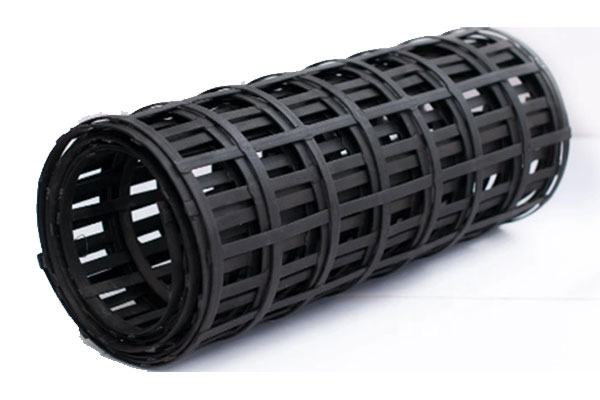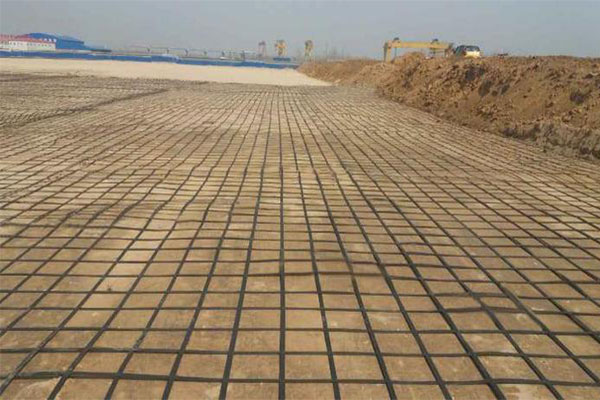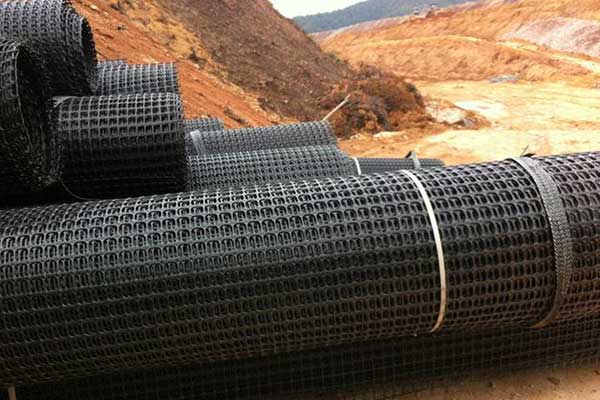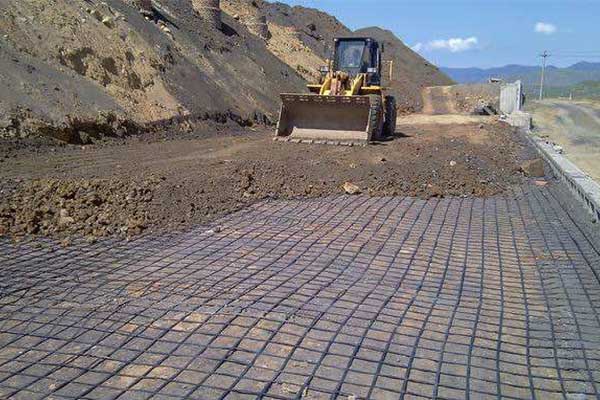Biaxial Geogrid: Uses, Benefits, and Applications
Biaxial geogrids are an essential component in civil engineering and construction projects, providing strength, stability, and reinforcement to soil structures. Understanding what biaxial geogrids are, how they work, and their applications is crucial for engineers, architects, and construction professionals. In this article, we delve into the fundamentals of biaxial geogrids, exploring their uses, benefits, and applications.

What is Biaxial Geogrid?
Biaxial geogrids are polymer-based materials, typically made from polyethylene or polypropylene, that are manufactured into a grid-like structure with uniform apertures. These grids have intersecting ribs that provide strength and stiffness in two perpendicular directions, hence the term “biaxial.” The manufacturing process involves extruding the polymer into flat sheets and then punching or stretching them to form the grid pattern.
Uses of Biaxial Geogrid:

- Soil Reinforcement: One of the primary applications of biaxial geogrids is soil reinforcement. They are used to improve the load-bearing capacity of weak soils by distributing the applied loads over a wider area and reducing settlement. This makes them invaluable in infrastructure projects such as roads, embankments, retaining walls, and foundations.
- Slope Stabilization: Biaxial geogrids are also utilized for slope stabilization and erosion control. By reinforcing the soil structure on slopes, they prevent soil erosion and slippage, thereby maintaining the stability of embankments, hillsides, and cuttings.
- Retaining Walls: In the construction of retaining walls, biaxial geogrids are often incorporated to enhance the structural integrity of the wall and prevent lateral movement of the soil. They act as a reinforcement layer, distributing the forces exerted by the retained soil and improving overall stability.
Benefits of Biaxial Geogrid:

- Increased Strength: Biaxial geogrids provide high tensile strength in both primary directions, allowing them to withstand significant loads and stresses. This strength enhancement helps to prevent soil failure and improve the overall stability of civil engineering structures.
- Durability: Due to their polymer construction, biaxial geogrids exhibit excellent resistance to environmental factors such as UV exposure, chemical degradation, and biological attack. This durability ensures long-term performance and longevity in various applications.
- Ease of Installation: Biaxial geogrids are lightweight and easy to handle, making them convenient to transport and install on construction sites. Their flexibility allows for straightforward placement over irregular surfaces, reducing installation time and labor costs.
- Cost-Effectiveness: By improving the engineering properties of soil, biaxial geogrids help to optimize the design and construction of infrastructure projects. They reduce the need for expensive excavation, backfill materials, and maintenance, resulting in overall cost savings over the project’s lifecycle.
Applications of Biaxial Geogrid:

- Road Construction: Biaxial geogrids are extensively used in road construction to reinforce the subgrade, stabilize embankments, and mitigate reflective cracking in asphalt overlays.
- Landfills: In landfill engineering, biaxial geogrids are employed to enhance the stability of waste containment structures, such as liners and caps, and improve the overall performance of the landfill system.
- Railways: Biaxial geogrids find application in railway engineering for stabilizing track beds, reducing settlement, and improving the bearing capacity of the soil beneath railway tracks.
- Mining: In mining operations, biaxial geogrids are utilized for slope stabilization, haul road construction, and soil reinforcement in tailings dams and waste storage facilities.
Conclusion:
Biaxial geogrids play a crucial role in modern civil engineering and construction, offering enhanced strength, stability, and durability to soil structures. With their versatile applications and numerous benefits, they have become indispensable in a wide range of infrastructure projects. Understanding the principles of biaxial geogrids and their practical uses is essential for engineers and professionals involved in the design and execution of construction projects.
